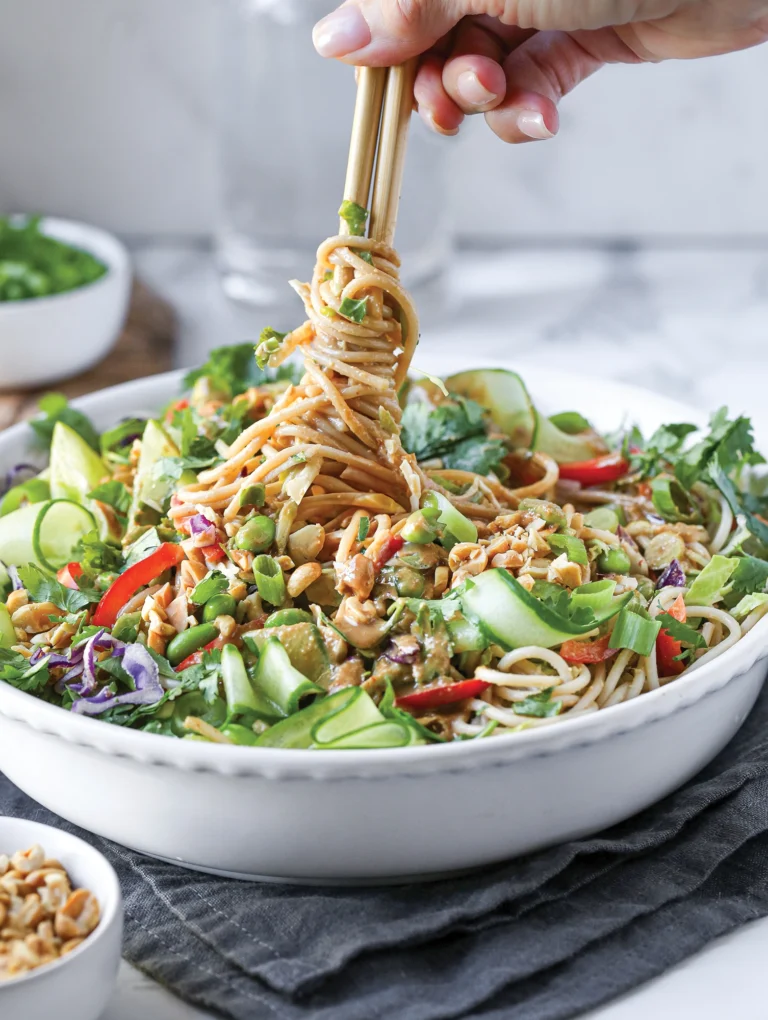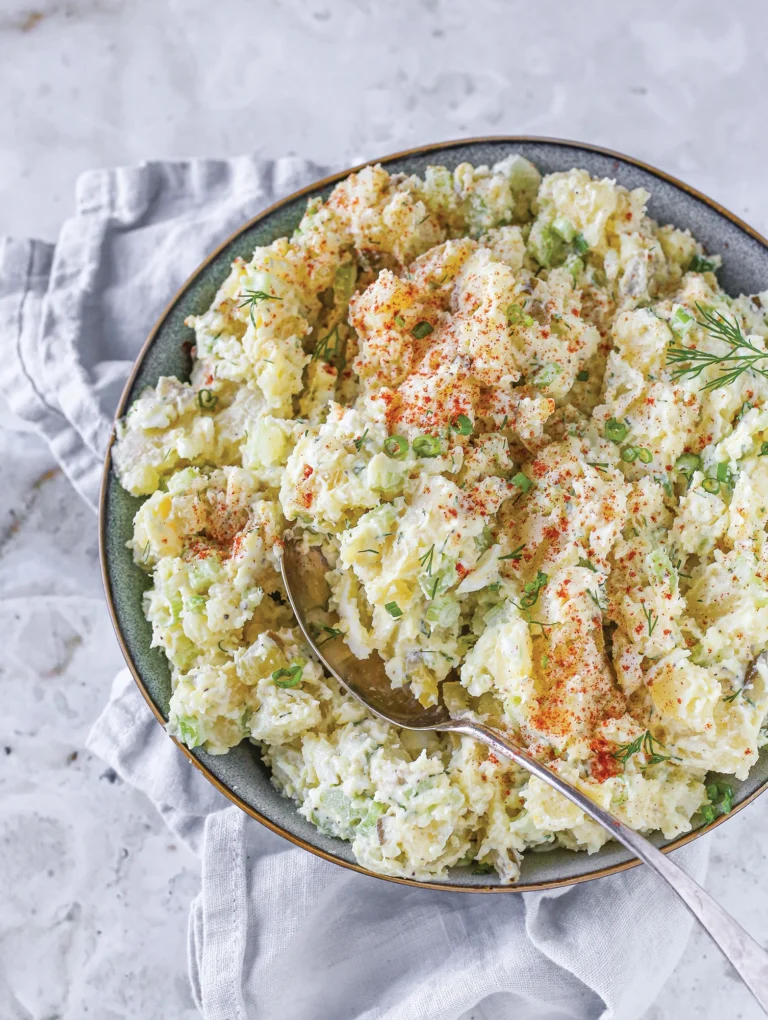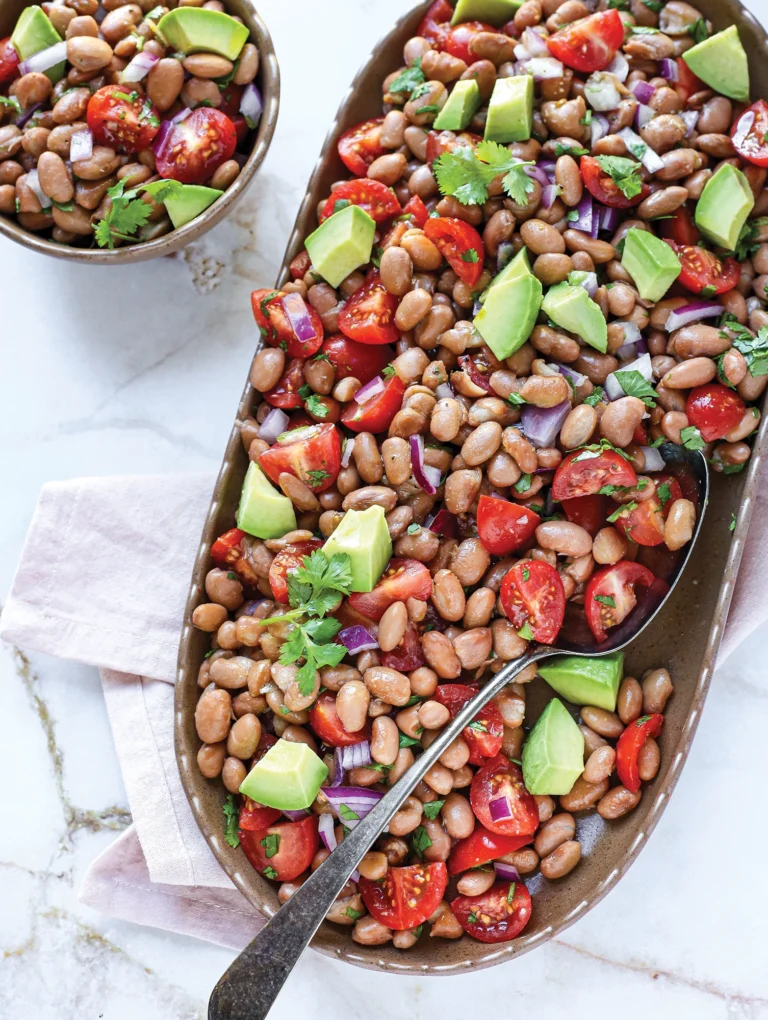Kale & Quinoa Power Salad
with broccoli, pears and Parmesan
SOUND BITE

with broccoli, pears and Parmesan

White vs. Regular Balsamic Vinegar
You’ve probably noticed that I use white balsamic vinegar in many of my salad dressings.
That’s because it’s my FAVOURITE vinegar for dressings, with traditional balsamic finishing a close second. So, what’s the difference between the two?
True, authentic balsamic vinegar, the rich, syrupy kind, comes from Italy and is made by slowly cooking down grape must—which is just a fancy way of saying freshly crushed grapes with their skins and all.
It’s then aged in wood barrels, basically forever. That’s why those tiny bottles of authentic balsamic vinegar are so expensive.
Regular balsamic—the type you’ll find on most supermarket shelves, gets its deep color and bold flavor from being simmered until caramelized, then aged in wooden barrels for a shorter timeframe than the authentic stuff.
It’s tart and tangy, slightly sweet, but lacks the signature depth of a true balsamic. Still, it’s really great for salad dressings, especially for heartier salads and for when you want a dressing to bring some boldness.
White balsamic vinegar starts with the same grape must, but it’s pressure-cooked at a lower temperature, so the sugars don’t caramelize and turn color. It’s blended with white wine vinegar for a bright, zippy flavor and then aged briefly in light oak barrels, which gives it a pale, honey-like hue.
The result? A gentler, fruitier vinegar, perfect for when you want delicious flavor without adding a brown tint to your salad.
Oh, and just a heads up: You might see white balsamic vinegar labeled as “White Vinegar of Modena” or “White Condiment of Modena.”
It’s the exact same stuff—just a new name thanks to some European balsamic vinegar soap opera legal drama related to white balsamic vinegar not qualifying to be called balsamic.
The easiest way to remember the difference? Dark = dense and more dramatic. White = light and bright.
The bottom line? The Dynamic Balsamic Duo is always in my pantry—two bottles, each with its own splash of personality.

with brown rice spaghetti

with a classic rich-and-creamy dressing

with white balsamic-lime vinaigrette
Designed and written in Greta’s signature casual, approachable style, this captivating cookbook is an unbeleafable collection of Every Salad recipe you’ll Ever need!
Available exclusively at